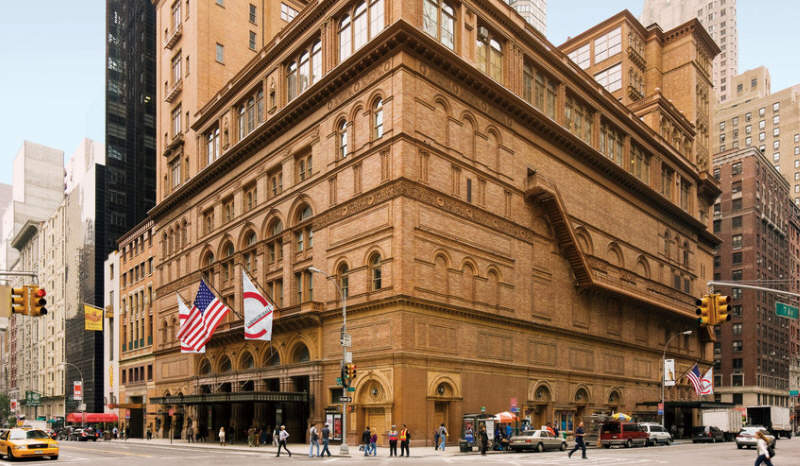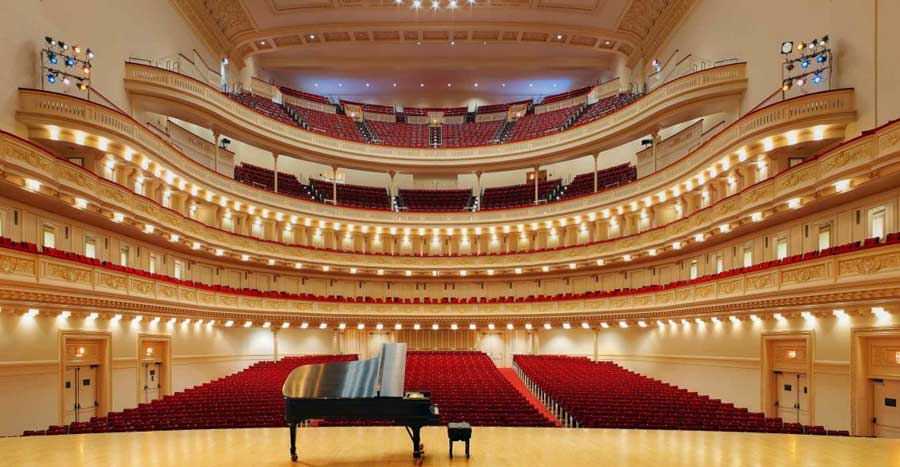The Musikverein
The secret behind perfect acoustics
Top Classical, December 2020
The Musikverein is the most famous center of Classicism. It is placed in an ideal city: Vienna the city of music in all its splendor. It remains the home of Vienna’s concert life, and it still has a prime spot in the pantheon of classical music auditoria.
The auditorium is praised to be one of the most traditional and the favorite for many first-rate artists. The building on Karlsplatz, a short distance from the splendid boulevard that is the Ringstraße, is reminiscent of a temple, built in 1870 by Theophil Hansen in a historical style, with columns, pediments and reliefs.
The Musikverein was founded in 1812 as “Society of Music Friends in Vienna”. Since 1831, the society organized concerts in a small hall with only 700 seats. But with the growing of the social importance of music performances, the Society soon realized that it was in urgent need of a bigger venue.

Theophil Hansen, one of the most popular Ringstraße architects, was chosen for the construction of the “Musikverein”. He created a massive building in neo-Classical style, which was officially opened in 1870. The “Goldene Saal”, was immediately famous for its excellent acoustics. Even today, it is considered to be among the best concert halls of its size in the World.
The Great Hall of the Musikverein, also known as the Golden Hall, is famous for its sumptuous contents. Apollo and the muses are the object of all eyes, and the columns have been shaped like women in antiquity. Its design is incomparable, in addition to the acoustics of the hall.
Acousticians have proved that this opulent ornamentation are the key Musikverein’s brilliant sound. Because the sound bounces off so many different planes and angles, it becomes warmer and richer, converting hall itself in an instrument that works as a resonating chamber. The sensation that sound transmits is unique in the whole world.
Every year in the Great Hall of the Musikverein the New Year’s Concert of the Vienna Philharmonic Orchestra takes place, which is broadcasted to an audience of millions internationally.
Since 2004, there are four new rooms in the Musikverein: the Crystal Hall, the Metal Hall, the Stone Hall and the Wood Hall. Here is where the new artists traditionally make their debuts. In this way, for example, the internationally famous soprano Anna Prohaska made her debut at the Crystal Hall.
This January first 2021 though, because of the Coronavirus crisis, millions of people around the world enjoyed only on television or online the traditional concert: the Golden Hall remained closed to the public and the applauses came from the speakers.



